8 Types of HVAC Systems for a Cozy Home Year-Round
Keep cool in summer and warm in winter with these HVAC options


HVAC is one of the most important systems in your home because it’s responsible for keeping everything cozy in the winter and cool in the summer. But if your HVAC is too old or insufficient for your home, it’s time to get a replacement—and fast. There are eight common types of HVAC systems for residential use to consider: split, hybrid, duct-free, packaged, hydronic, portable, geothermal, and zoned. Learn the pros and cons and determine which is best for you in this guide.
| Type of HVAC System | Life Span in Years |
|---|---|
| Split | 15–20 |
| Hybrid split | 20–25 |
| Duct-free | 10–15 |
| Packaged heating and cooling | 15–20 |
| Hydronic | 25–50 |
| Portable heat and AC | 5–10 |
| Geothermal heat pump | 25–50 |
| Zoned HVAC | 15–20 |
1. Split Systems
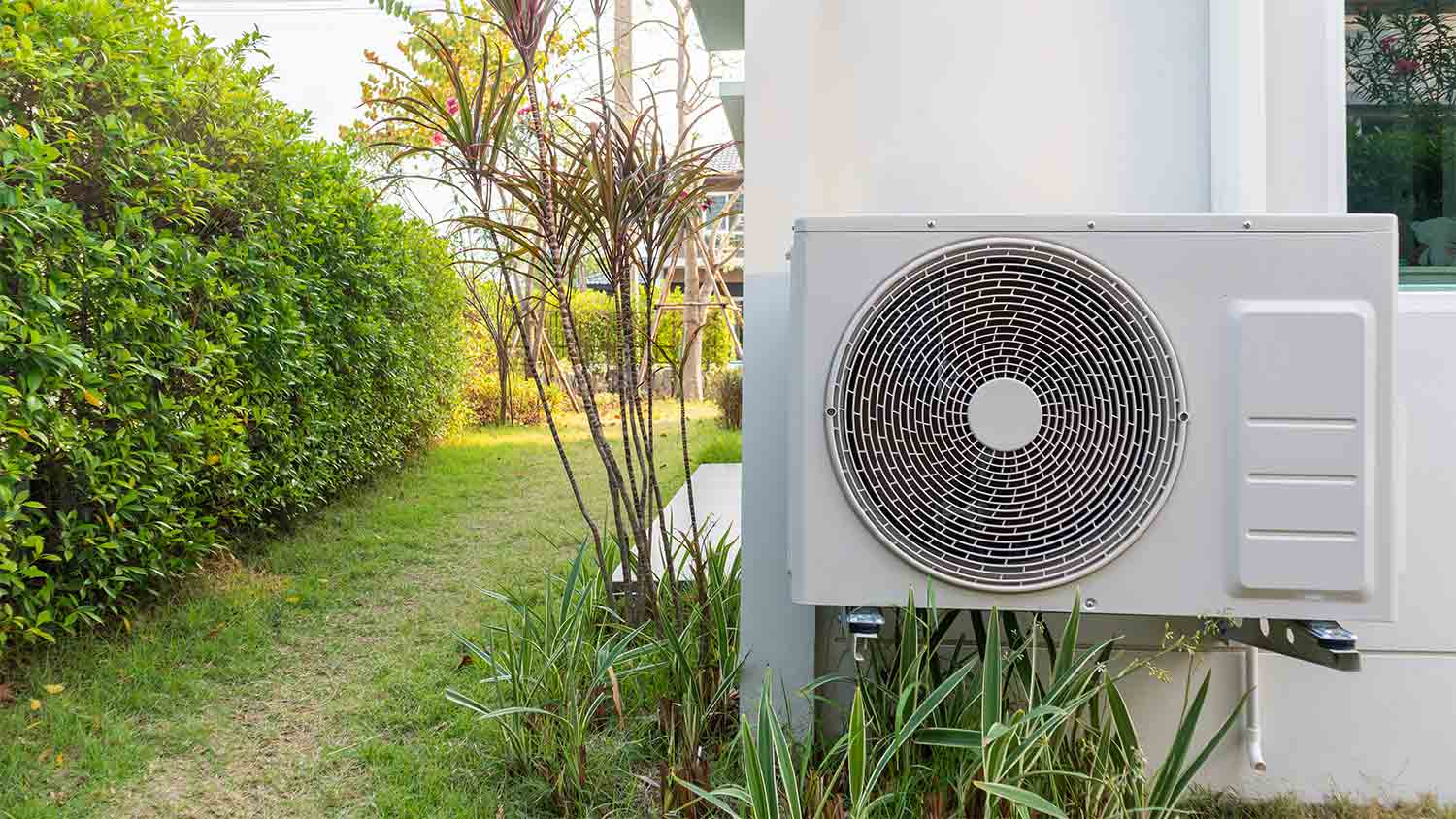
A split system is one of the most common HVAC types. Systems that are split combine two separate units, with one indoors for heating and one outdoors for cooling. It may feature ducts, but it can also be ductless. Although the units are split, the heating and cooling are all controlled from one thermostat. The heating unit uses gas as the fuel source in a split system. Installing a new HVAC split system costs $3,900 to $7,900.
| Pros | Cons |
|---|---|
| More versatile | Noisy |
| Often includes humidifier/dehumidifier | Difficult installation |
| Low-maintenance | Requires indoor and outdoor space |
Best for: Small or large homes with basements or crawl spaces
2. Hybrid Systems
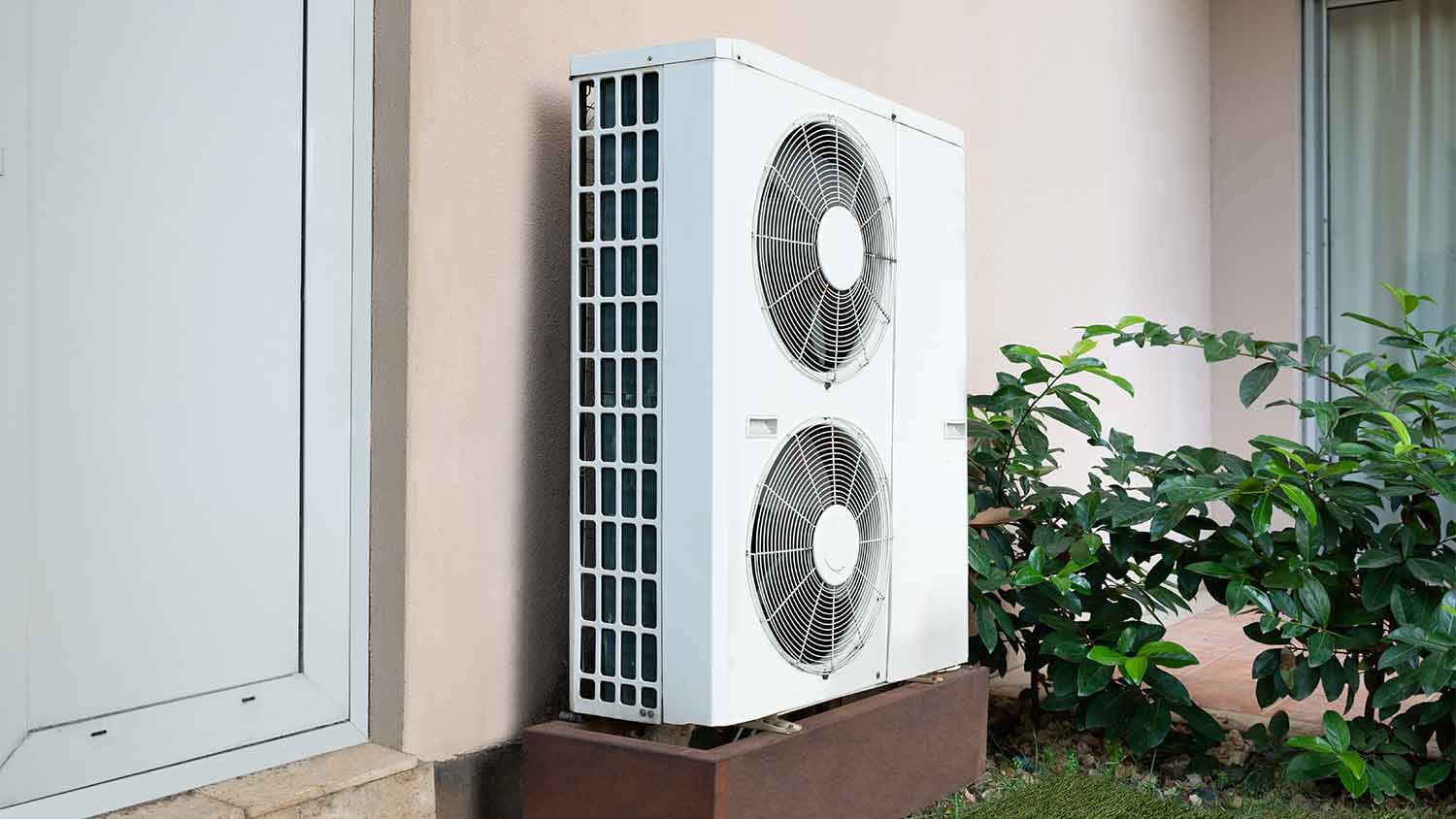
As far as the different types of HVAC systems are concerned, a hybrid split system is ideal for areas with mild climates. It works similarly to a split system with separate heating and cooling units, but a hybrid system can switch between gas and electricity for more efficient heating. With gas, the heat works faster to warm you on a cold day. With electricity, the system operates more quietly and is energy-efficient. Hybrid split systems cost $2,500 to $10,000 to install.
| Pros | Cons |
|---|---|
| Lower operating costs | Not ideal for very cold climates |
| Higher efficiency | Higher up-front cost |
| Quieter | More maintenance |
Best for: Homes in areas with mild climates
3. Duct-Free/Mini-Split
No ductwork? No problem. A duct-free HVAC system, also known as a mini-split system, has HVAC units mounted to the wall, floor, or ceiling. This allows for precise heating and cooling in smaller areas. Like a hybrid split system, one of the disadvantages of a mini-split system is that it works best in milder climates rather than areas that get very hot or extremely cold. Installing a duct-free or mini-split HVAC system costs between $2,000 and $14,500.
| Pros | Cons |
|---|---|
| Precise temperature control per room | Takes up wall, floor, or ceiling space |
| No ducts required | More units to maintain |
| Quiet operation | Not ideal for extreme climates |
Best for: Ductless homes, temperature control in specific rooms
4. Packaged Heating and Cooling

The opposite of a split system, packaged heating and cooling HVAC combines the heating and cooling into one unit that is often placed toward the top of the home, such as on a roof or in an attic. The single unit connects to ductwork from one location, making professional installation simpler than some other types of HVAC systems. But if the unit is outside on the roof, maintenance will be essential to keep rust and pests at bay. A packaged heating and cooling system costs $10,000 to $14,000.
| Pros | Cons |
|---|---|
| Efficient | Vulnerable to pests and weather |
| Low maintenance | Shorter life span |
| Straightforward installation | Not ideal for extreme climates |
Best for: Smaller homes, mild climates
5. Hydronic HVAC

Hydronic HVAC is a type of radiant heating system where liquid in the pipes underneath your floors or in radiators heats or cools a room. This system is very efficient, which will save you money on energy bills month after month. If you’re currently constructing your dream home, it’s a perfect time to install a new hydronic HVAC system. Installing hydronic HVAC in an existing home is possible, but it will cost more. Hydronic HVAC costs $19,000 to $48,000 if you plan to install it throughout the entire house or $6,600 for just one room.
| Pros | Cons |
|---|---|
| Heats or cools specific rooms | Risk of leaks |
| More efficient | High up-front costs |
| Low maintenance | Heating and cooling take longer |
Best for: Controlling temperature in specific rooms, newly constructed homes
6. Portable Heat and AC Units
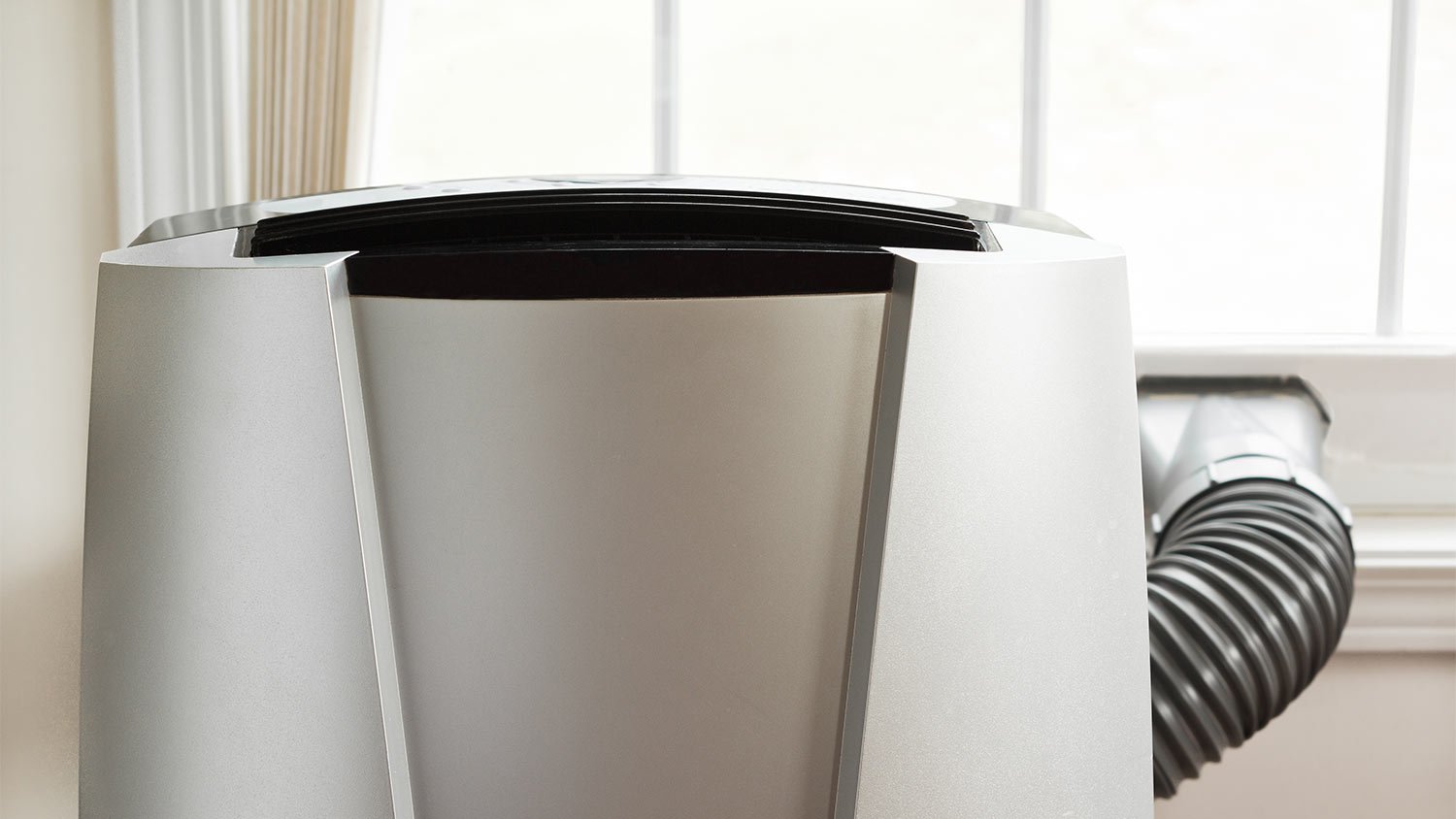
If you’re currently renting a home or apartment and are tired of sweating out the summers, consider portable units for your HVAC needs. A portable AC unit has wheels to move from room to room, but you’ll need to keep it near an outlet and window for power and ventilation. Similarly, a portable heat pump can offer a blast of warm air in your chilly home office, but these units aren’t ideal for heating or cooling large homes.
A portable AC unit costs $100 to $500 for the unit, plus $80 to $700 if you hire a pro for installation. Portable heat pumps cost around $500 to $700, plus the installation fees.
| Pros | Cons |
|---|---|
| DIY-friendly | Takes up floor space |
| Lower installation cost | Needs to be near a window for ventilation |
| Can move from room to room | Noisy |
Best for: Smaller homes, rental apartments
7. Geothermal Heat Pump
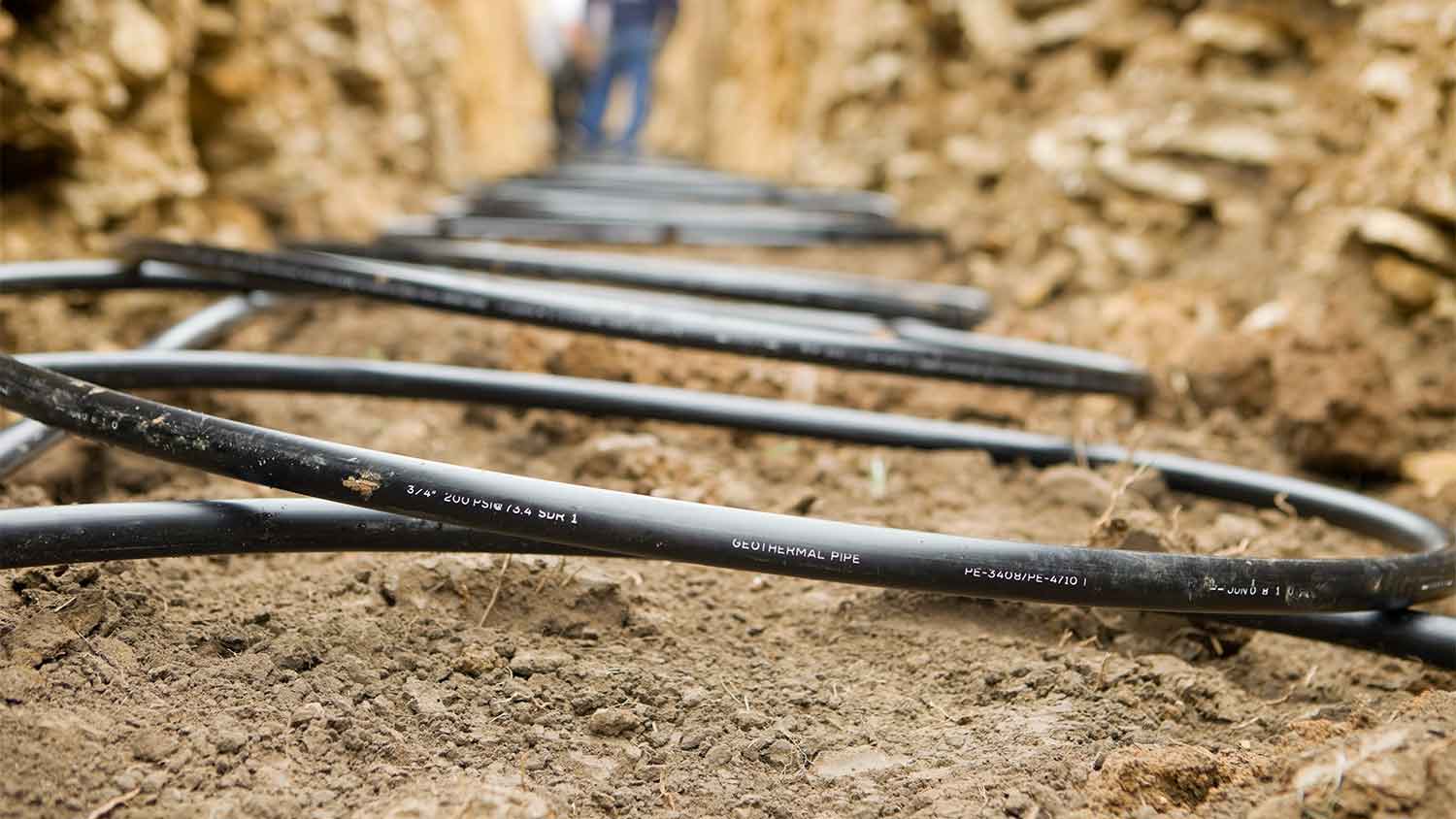
If you want an energy-efficient and eco-friendly heating and cooling system, consider a geothermal heat pump. This type of unit moves air from the home through pipes, and the air is then warmed or cooled with the help of the naturally warm or cool temperatures of the soil underground. This heated or cooled air is then sent back through the house.
There are also hydronic geothermal systems that use water rather than sending air through ductwork. Installing a geothermal heat pump costs $4,300 to $26,000 on average. A geothermal heat pump is worth it if you want reliable, budget-friendly heating and cooling for decades to come.
| Pros | Cons |
|---|---|
| Very energy efficient | High installation cost |
| Low operating costs | Requires outdoor space |
| Long life span | Requires specific soil types |
Best for: Properties with large yards and moist, moderately dense soil
8. Zoned HVAC

HVAC zoning systems help provide specific heating and cooling to separate defined areas of a home. If you struggle with uneven temperatures around the house, zoning can help. Alternatively, if you want your bedroom slightly cooler than the living room, zoning can do that, too.
HVAC zoning may require multiple heating and cooling units, plus automated dampers to better control the temperatures of each zone. HVAC zoning costs $1,500 to $8,500, but the more zones you want to establish, the higher the cost will be.
| Pros | Cons |
|---|---|
| Specific room temperature control | High installation cost |
| Lower utility costs | Higher maintenance |
| High energy efficiency | Difficult to diagnose problems and repairs |
Best for: Larger homes with multiple heating and cooling needs
Which HVAC System Is Right for You?
Choosing an HVAC system for your home should be a unique process that depends on your household’s heating and cooling preferences, the climate, your home size, and other specific factors, like whether you have existing ductwork or what type of soil you have.
Because so many factors play a role in deciding what type of HVAC you need, it’s best to hire a local HVAC company to explore your options. Not only can a pro help you narrow down what HVAC system will work best for your property, but they can also install your new system before the next heat wave or snowstorm rolls through town.



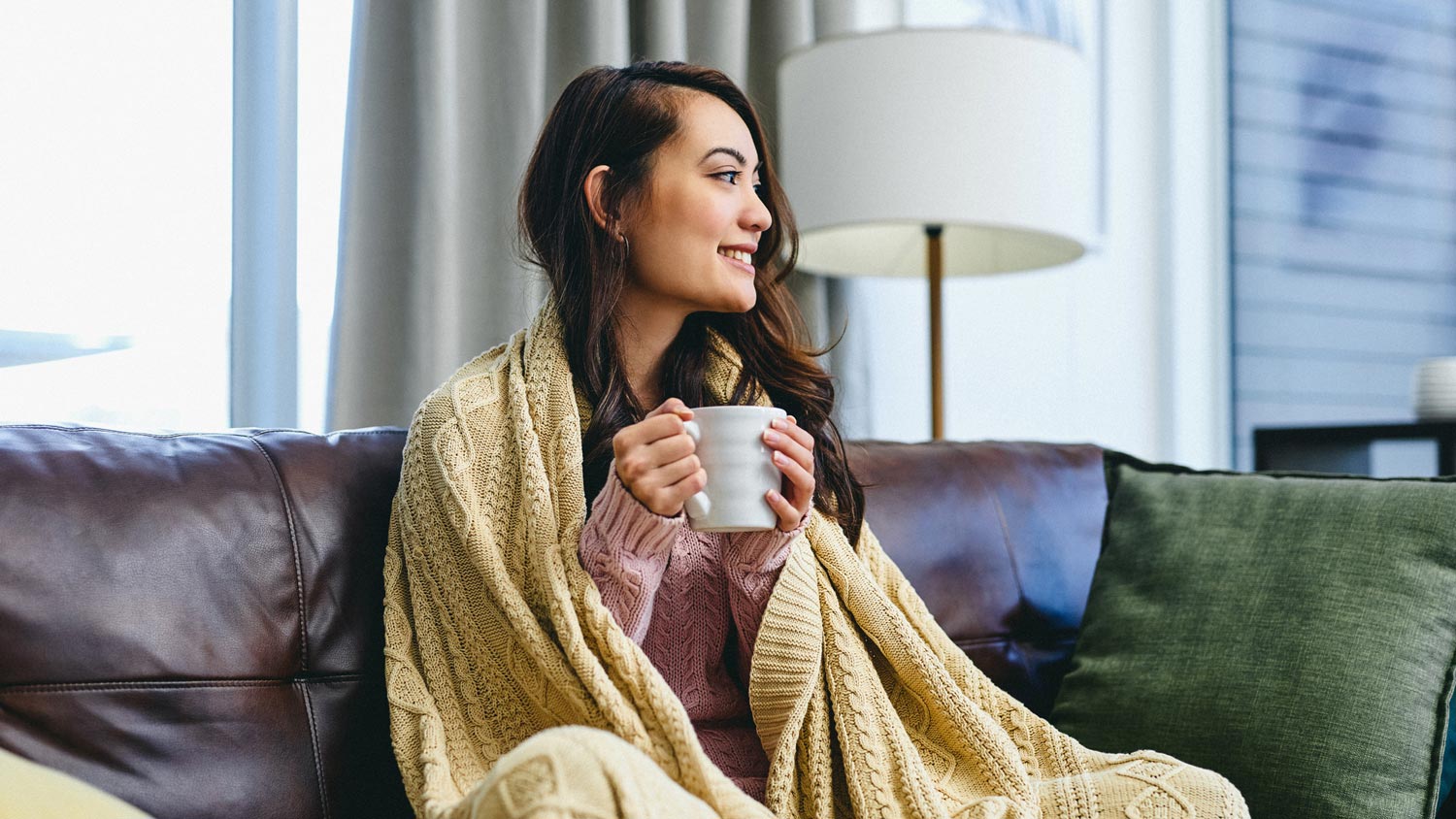

- Furnace Repair
- Air Conditioning Repair
- HVAC Repairs
- Furnace Installation
- Wood & Pellet Stove Repair
- Dehumidifier & Humidifier Repair
- Heat Pump Companies
- Swamp Cooler Repair
- Wood Stove Services
- HVAC Companies
- Commercial A/C Repair
- Geothermal Installation
- Air Conditioning Installation
- Boiler Repair
- 24 Hour Furnace Repair
- Geothermal Repair
- Heat Pump Repair
- Humidifier Installation
- Thermostat Repair
- Thermostat Installation
- Nest Installation
- Heating & Cooling
- Heating Repair
- Furnace Cleaning
- Furnace Tune-Up
- HVAC Technicians
- Subcontractors
- Furnace Maintenance
- Plumbing & Heating Companies
- Wood Stove Inspection
- Mini Split Installation
- Wall Heater Repair
- Duct Installers










